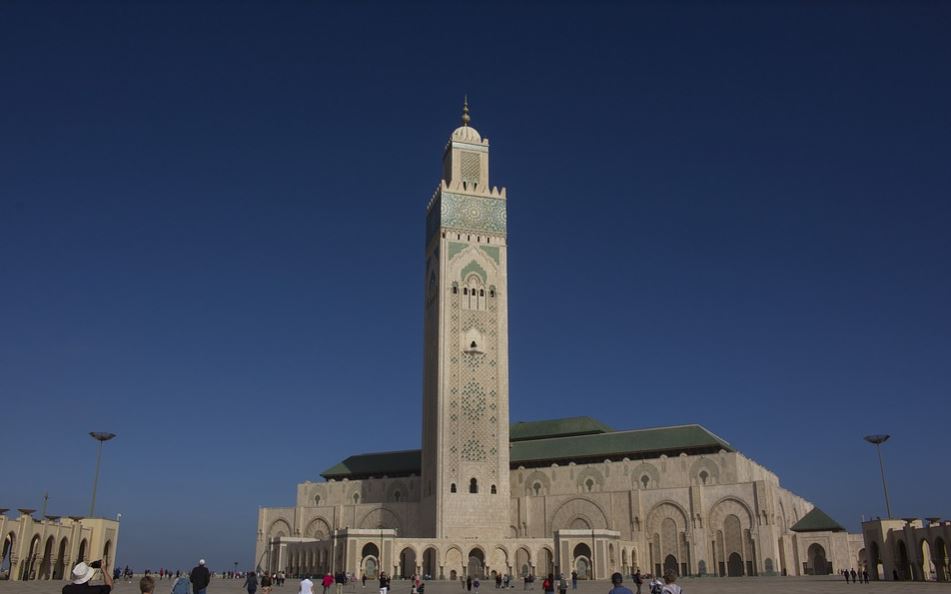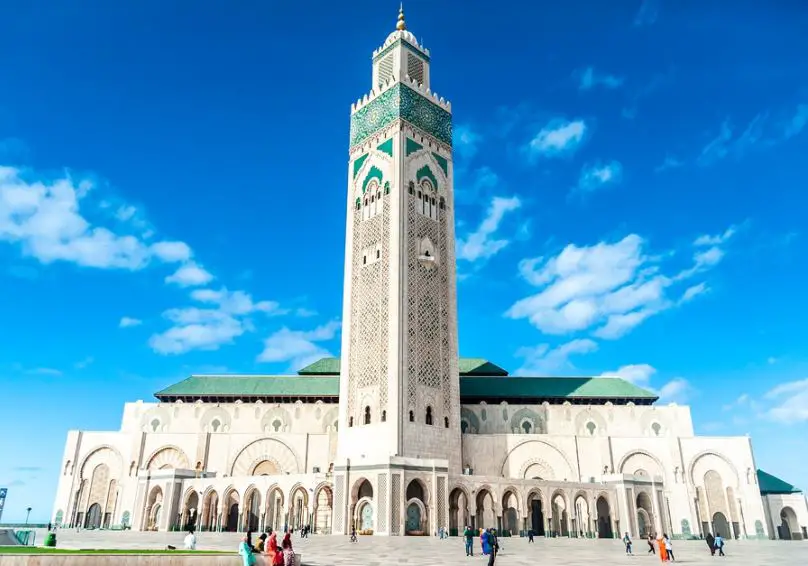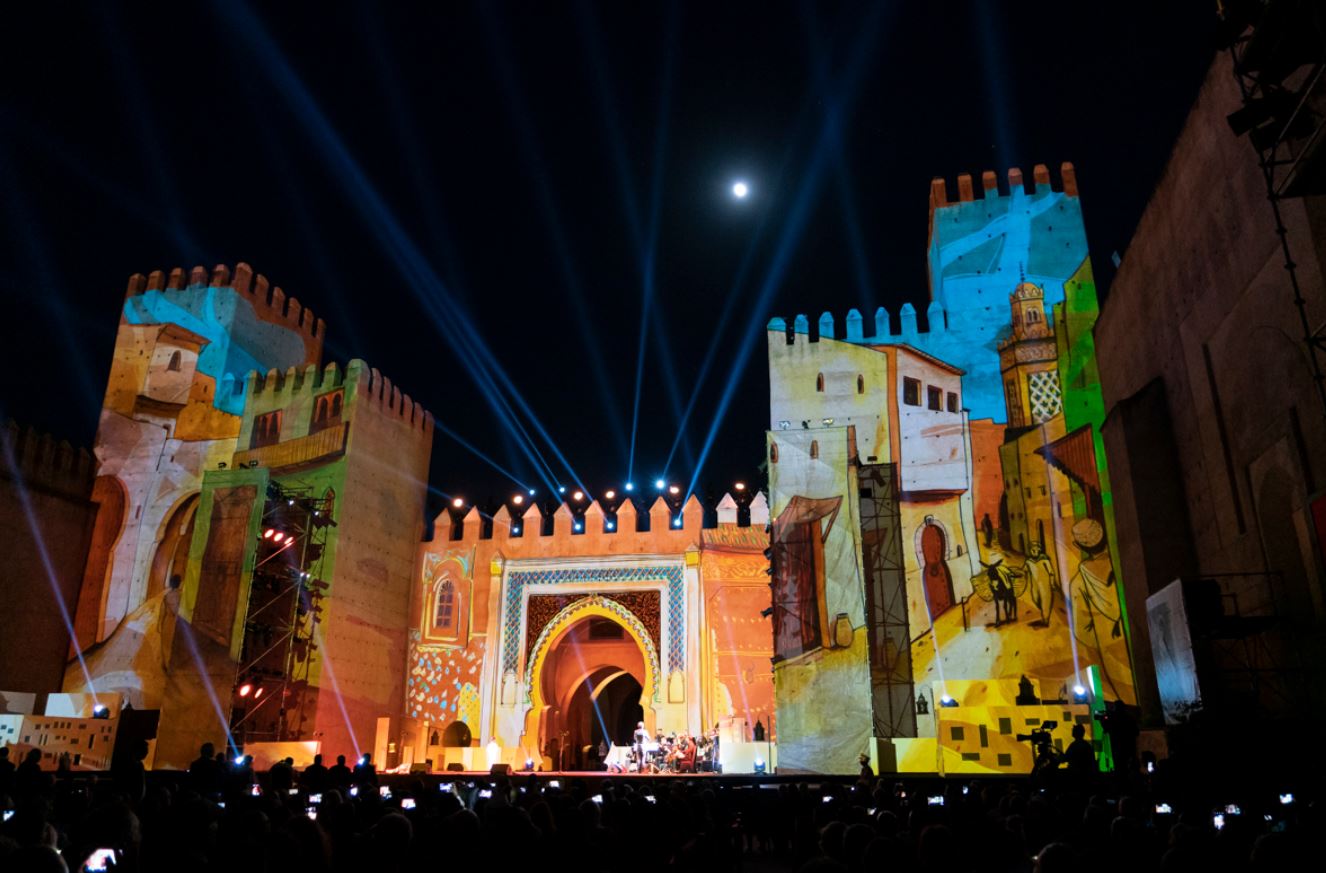Can I attend a traditional Moroccan music or dance performance?
Post ByAdequate Travel
Summary
Yes, if you're looking for an exciting cultural experience, attending a traditional Moroccan music or dance performance is a great way to explore the unique art forms of Morocco. From lively Gnawa music performances to traditional folk dances, these performances offer a glimpse into the country's cultural heritage and the love its people have for their traditions. Before embarking on your journey to morocco, make sure to check the latest travel guidelines and entry requirements to ensure a smooth tripCan I attend a traditional Moroccan music or dance performance?
Yes, you can certainly attend a traditional Moroccan music or dance performance. Morocco has a rich cultural heritage that includes various forms of music and dance, and these performances are widely available for locals and tourists alike to experience.
Examples of traditional Moroccan music:
- Gnawa Music: This is a fusion of sub-Saharan African, Berber, and Arabic music styles. It is performed using traditional instruments like the guembri (a stringed instrument) and the qraqeb (metal castanets).
- Andalusian Music: This style has its roots in medieval Islamic Spain and is popular in Moroccan cities like Fes. It features intricate melodies and is performed using instruments such as the oud (a lute-like instrument) and the violin.
- Chaabi Music: This genre emerged in the mid-20th century and is characterized by its catchy tunes and relatable lyrics. It is closely associated with urban popular culture and is often performed at weddings and other social events.
Examples of traditional Moroccan dance:
- Raqs Sharqi: Also known as Oriental dance or belly dance, this form of dance has influences from Middle Eastern and North African cultures. It involves graceful movements of the body, particularly the hips and abdomen.
- Tahtib: This is a martial art and dance form performed with long sticks. It originated in Upper Egypt but has been adopted and popularized in various communities in Morocco.
- Ahidous: This is a traditional collective dance among the Amazigh (Berber) people of Morocco. It involves synchronized movements to the beat of drums and is often performed during celebrations and ceremonies.
In conclusion, attending a traditional Moroccan music or dance performance offers a wonderful opportunity to immerse yourself in the vibrant cultural traditions of the country. Whether you choose to witness a Gnawa music performance or experience the energetic Ahidous dance, these performances will undoubtedly leave you with lasting memories of Moroccan culture and music.As you prepare for your journey, familiarize yourself with the specific entry requirements, including any necessary visas or documentation.







